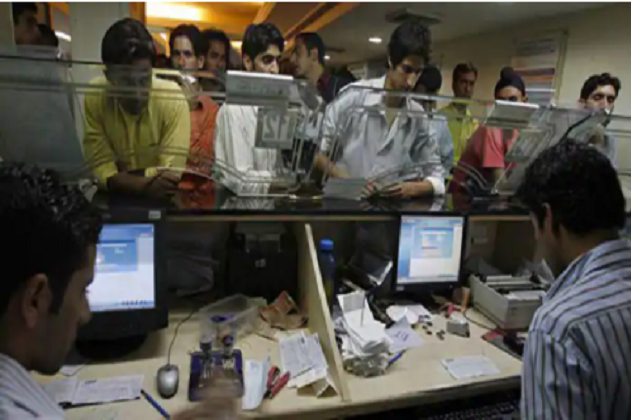Safest Banks in India: Reserve Bank of India has placed 3 banks of the country in the D-SIB list. If your account is in such a bank then your money is 100 percent safe. These banks cannot sink nor can the government allow them to sink.
Top 3 Safest Bank in India- In the last few years, a large population has become associated with banks in India. There has been a strong increase in the number of bank account holders due to the Pradhan Mantri Jan-Dhan Yojana of the Narendra Modi Government, subsidy money coming directly into the bank accounts and increased awareness among the people. People consider the money kept in banks in the country to be safe. An example of this is bank FD, which remains a popular investment option because of this perception of the people. It is not that money kept in banks does not sink. Banks also collapse. In the year 2023, 4 banks collapsed in America. Due to the strength of India’s banking system, no such apprehension is visible even remotely. But, do you know that there are three banks in India which will neither sink nor will the government allow them to sink.
Meaning, there is not even an iota of danger to the money kept in these banks at present. These banks include one government and two private banks among the safest banks of India. According to the Reserve Bank of India, the banks of the country which have absolutely no chance of sinking are – State Bank of India, ICICI Bank and HDFC Bank. All these three banks have the status of D-SIB i.e. Domestic Systemically Important Bank. This means that those banks which are so important for the country’s economy that the government cannot tolerate their collapse. Their sinking can disturb the country’s economy. The expression ‘too big to fail’ is also used for their banks.
RBI has been bringing out D-SIB list since 2015.
The system of declaring banks as D-SIB started after the economic recession of 2008. At that time, many big banks of many countries had gone bankrupt, due to which there was a situation of economic crisis for a long time. Since 2015, RBI brings out the list of D-SIBs every year. In 2015 and 2016, only SBI and ICICI Bank were D-SIBs. HDFC was also included in this list from 2017. If a bank is a D-SIB, then RBI through its strict regulations ensures that the bank is prepared for the toughest economic emergencies.
The Reserve Bank of India gives Systematic Importance Score to all the banks of the country on the basis of their performance and customer base. For a bank to be listed as a D-SIB, its assets must be more than 2 percent of the national GDP. D-SIBs are kept in five different buckets depending on the importance of the bank. Bucket five means the most important bank, while bucket one means the least important bank. Currently SBI is in bucket three, while HDFC and ICICI Bank are in bucket one.
D-SIB has to make special arrangements
Reserve Bank of India keeps a close watch on D-SIB banks. These banks have to keep a larger capital buffer than other banks, so that even in case of a major emergency or any loss, it can be dealt with. Along with the capital buffer, such banks are also required to maintain an additional fund called Common Equity Tier 1 (CET1) capital. According to the latest guidelines of RBI, SBI is required to maintain 0.60 percent of its risk weighted assets (RWA) as CET1 capital, while ICICI and HDFC banks are required to maintain 0.20 percent of their risk weighted assets (RWA) as additional CET1.



